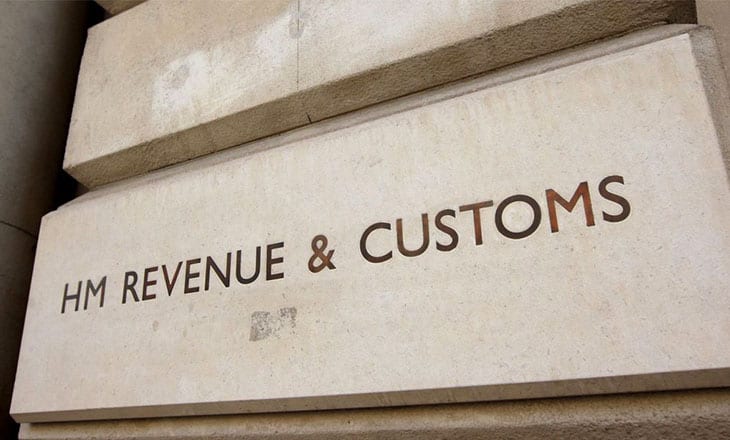London Central Portfolio (LCP) has informed the public that it has analysed HMRC (HM Revenue and Customs)’s Quarterly Stamp Duty Land Tax (SDLT) Statistics for Q2 2018 released this week. In conjunction with the Quarterly Land Transaction Tax Statistical Release from the Welsh Revenue Authority, this reveals:
- Tax receipts in Q2 2018 are down 13.8% vs Q2 2017, a drop of £317m.
- Receipts are no greater than three years ago (Q3 2015) despite an increase in top rate SDLT from 7% to 12% and introduction of the Higher Rate for Additional Dwellings (HRAD) of 3%.
- This is in large part due to a fall in transactions of 17.2% (Q2 2018 vs Q3 2015).
- 20.7% of tax take is now due to the Higher Rate for Additional Dwellings (HRAD).
- However, HRAD receipts have fallen by 21.9% from a peak of £526m to £411m this quarter.
- Transactions which include HRAD have fallen by 12.3% from a peak of 65,800 to 57,720 this quarter.
- 52,400 buyers have claimed First Time Buyers’ Relief in Q2 2018, amounting to relief estimated at £125m.
- However, properties below the SDLT threshold have decreased from 75,400 in Q3 2015 to 45,510 this quarter.
HMRC’s quarterly report for Q2 reflects the generally gloomy reports for the UK property market as a whole. It has seen SDLT receipts fall by 13.8% compared with the same quarter a year ago. This amounts to a drop of almost a third of a billion pounds. Moreover, receipts in Q2 are no greater than three years ago, in Q3 2015.
This must represent a concerning picture for the Exchequer given that in December 2014, graduated SDLT was introduced raising the top rate from 7% to 12%. In addition, the Higher Rate for Additional Dwellings (HRAD) of 3% was introduced in April 2016. Rather than increasing revenues however, it appears that this has acted to depress transactions. In Q2 2018, 260,710 sales occurred compared with 314,800 in Q3 2015, a drop of 17.2%.
Total receipts in Q2 2018 amounted to just under £2 billion and it appears that revenues are being bolstered by the HRAD, which represented £411 million. However, the picture here is not encouraging either. HRAD has fallen from a peak of £526 million in Q4 2017 as transactions attracting the additional dwelling premium of 3% are falling materially.
The data shows a good uptake for First Time Buyers’ Relief, introduced in the November 2017 Autumn Budget, with an estimated 52,400 eligible transactions taking place in Q2 2018. HMRC estimate that this represents relief of £125 million.
Overall HMRC are reporting consecutive annual drops in transactions since 2014 and the first half year results for 2018 are a further 2.1% down. However, there is a significant discrepancy between the 1,077,230 annual transactions HMRC report in England and Wales to Q2 2018 and the 866,575 reported in the LCPAca Residential Index based on Land Registry statistics. This amounts to a 19.5% differential. HMRC and Land Registry have declined to comment on the discrepancy.

Naomi Heaton
Naomi Heaton, CEO of London Central Portfolio (LCP), Residential Investments Specialists, commented:
The fall in transactions UK wide recorded by Land Registry and reported by LCP in its monthly residential index, is now also reflected in HMRC’s Quarterly Stamp Duty Statistics. This must be of increasing concern to the Exchequer. Despite the introduction of a slew of residential taxes, the tax take for the Revenue appears to be tailing off, with a fall of almost a third of a billion pounds this quarter compared with last year.
The cooling of prices as a result of these taxes, particularly amongst high value properties has not resulted in increased buying activity. Whilst greater affordability may benefit first time buyers and second steppers, it also disincentivises sellers who are not motivated to move if they see the value of their home decline. There is a real risk that a dwindling “feel good” factor together with Brexit uncertainty could depress the market further.
Heaton added:
Whilst the government seems to have effectively dampened foreign investment, there have been severe repercussions in the new build sector – particularly in London. With average prices of £755,553 currently recorded by Land Registry, these properties are largely inaccessible to the domestic market. This has resulted in annual transactions falling 12.6%. However, without a thriving new build sector, it seems difficult to see how the government is going to meet its targets for affordable housing.
